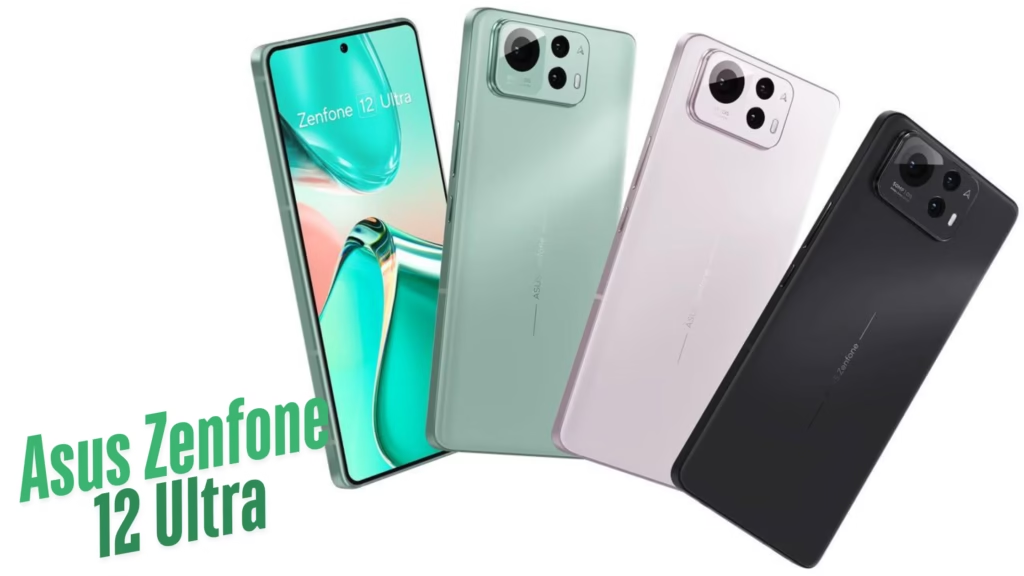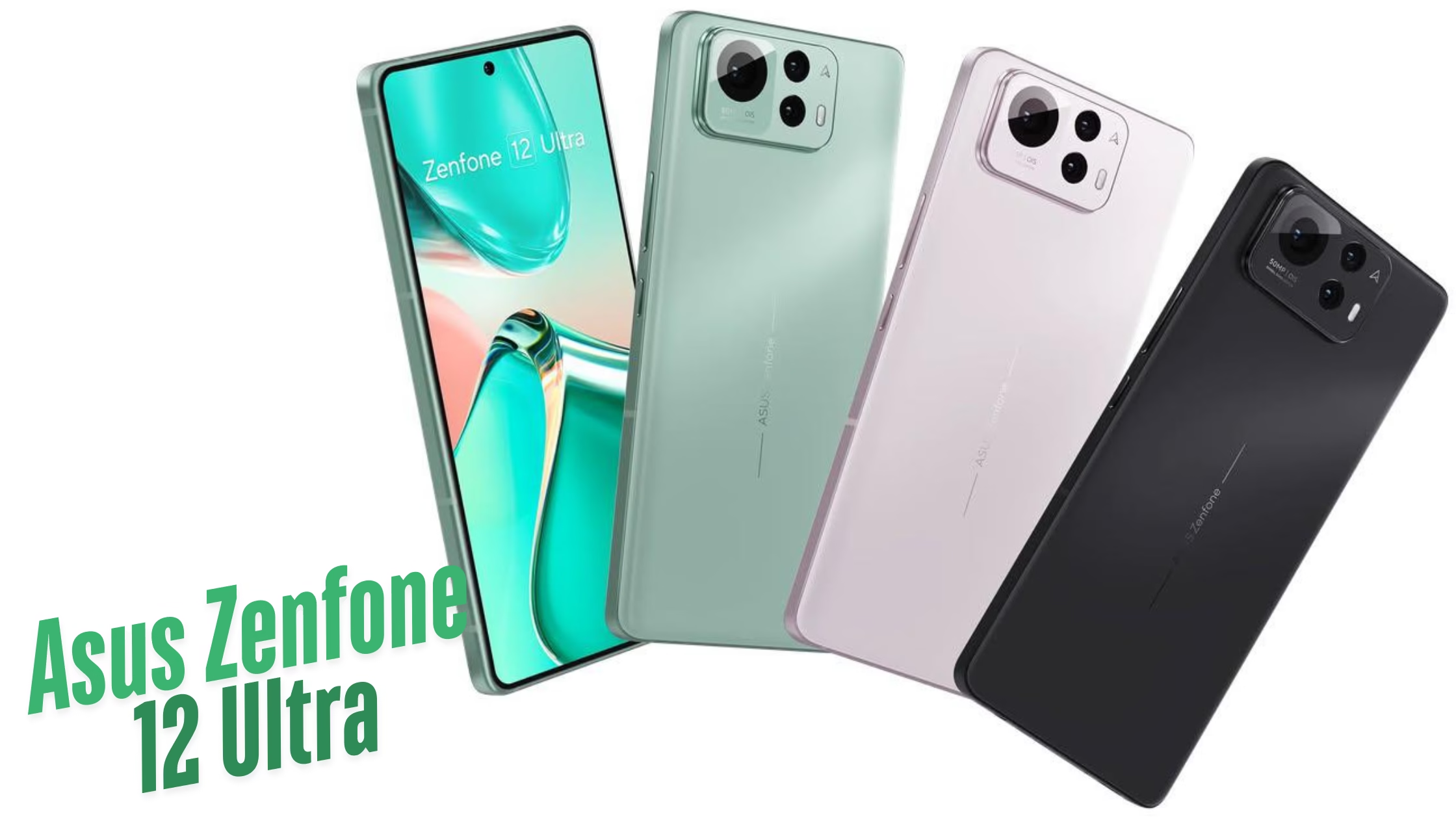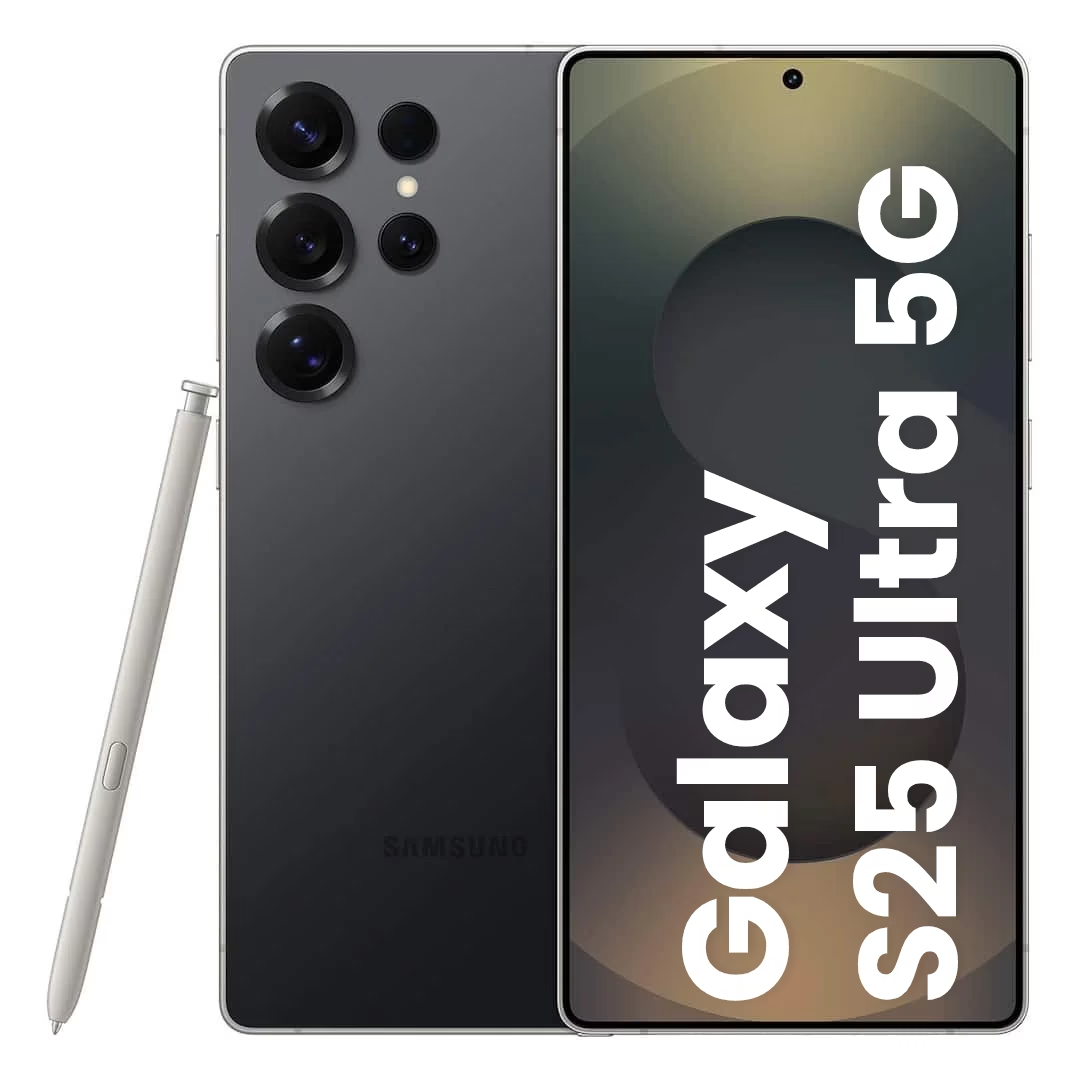Introduction
Asus has officially refreshed its Zenfone series with the Asus Zenfone 12 Ultra, a high-end smartphone featuring the Snapdragon 8 Gen 3 Elite, an upgraded camera system with gimbal stabilization, eSIM support, and a 5,500mAh battery with fast charging. However, the €1,100 price tag puts it in competition with some of the best flagship smartphones on the market, including the Samsung Galaxy S25+, OnePlus 13, Google Pixel 9 Pro XL, and the Asus ROG Phone 9.
The key question remains: Is the Asus Zenfone 12 Ultra worth buying in 2025? Let’s take a closer look at its specifications, how it compares to other flagship smartphones, and whether it provides good value for money.

Asus Zenfone 12 Ultra: Key Specifications
| Feature | Zenfone 12 Ultra |
|---|---|
| Processor | Snapdragon 8 Gen 3 Elite |
| Display | 6.78” LTPO OLED (1-120Hz, 144Hz gaming) |
| Main Camera | 50MP (Lytia-700) with gimbal stabilization |
| Telephoto | 32MP, 3x optical zoom |
| Ultra-wide | 13MP, 120° field of view |
| Selfie Camera | 32MP |
| Battery | 5,500mAh |
| Charging | 65W wired (100% in 39 mins), 15W wireless |
| Software Support | 2 OS updates, 5 years of security patches |
| Other Features | eSIM support, 3.5mm headphone jack, IP68 rating |
| Price | €1,100 (€1,000 early bird offer) |
Display & Build Quality
The 6.78-inch LTPO OLED display delivers vibrant colors, deep blacks, and a 120Hz refresh rate for smooth scrolling and animations. Asus also offers a 144Hz mode for gaming, which gives it an edge over competitors like the Samsung Galaxy S25+ and Google Pixel 9 Pro XL that are limited to 120Hz.
Asus has also focused on sustainability, using 100% recycled aluminum for the frame and 22% recycled glass for the back. This is a step forward in making premium devices environmentally friendly.
Pros:
✅ Large, high-refresh-rate OLED display
✅ Durable build with IP68 water resistance
✅ Uses recycled materials
Cons:
❌ No QHD+ resolution like Samsung and OnePlus
❌ No microSD slot for expandable storage
Performance & Hardware
The Snapdragon 8 Gen 3 Elite chipset ensures top-tier performance, making it one of the fastest Android smartphones available. It’s a significant upgrade over the Asus Zenfone 11 Ultra, bringing better AI processing, power efficiency, and gaming performance.
However, compared to the Asus ROG Phone 9, the Zenfone 12 Ultra lacks shoulder triggers, an advanced cooling system, and a 185Hz display, which makes the ROG Phone a better option for hardcore gamers.
Pros:
✅ Flagship-level performance with Snapdragon 8 Gen 3 Elite
✅ Excellent gaming experience with 144Hz refresh rate
Cons:
❌ ROG Phone 9 offers better gaming features
Camera Performance
One of the biggest upgrades in the Zenfone 12 Ultra is the 50MP main camera with gimbal stabilization, now capable of correcting up to ±5° of movement, which is 66% better than its predecessor. This significantly improves video stabilization and low-light photography.
The 32MP 3x telephoto camera is a solid addition, though competitors like the Pixel 9 Pro XL offer a 48MP 5x periscope zoom, which is better for distant shots.
The 13MP ultra-wide camera is decent but falls short compared to 50MP ultra-wides found in the OnePlus 13.
Pros:
✅ Improved gimbal stabilization for smooth videos
✅ 32MP telephoto for portrait and zoom photography
Cons:
❌ Pixel 9 Pro XL and OnePlus 13 have better telephoto and ultra-wide cameras
Battery Life & Charging
With a 5,500mAh battery, the Asus Zenfone 12 Ultra outperforms Samsung’s Galaxy S25+ (4,900mAh) and Pixel 9 Pro XL (5,060mAh) in battery capacity. The 65W wired charging gets you 100% in 39 minutes, while 15W wireless charging is decent but slower than OnePlus’ 50W wireless charging.
Pros:
✅ Long battery life with 5,500mAh capacity
✅ 65W fast charging
Cons:
❌ Slower wireless charging compared to OnePlus
Software & Updates
Asus has a major drawback in software support. The Asus Zenfone 12 Ultra will only receive 2 major Android updates and 5 years of security patches. This is disappointing compared to:
- Samsung Galaxy S25+ (7 years of updates)
- Pixel 9 Pro XL (7 years of updates)
- OnePlus 13 (4 years of updates)
If long-term software support is a priority, Samsung and Google are better choices.
Pros:
✅ Clean software experience with minimal bloatware
Cons:
❌ Only 2 OS updates (Samsung & Google offer 7 years)
Pricing & Competition
At €1,100, the Asus Zenfone 12 Ultra competes with other premium flagships. Here’s how it compares:
- Samsung Galaxy S25+ (€1,150): Better display (QHD+), 7 years of updates, but worse battery
- OnePlus 13 (€1,000): Larger battery (6,000mAh), faster 100W charging, but weaker software support
- Pixel 9 Pro XL (€1,200): Best cameras, 7 years of updates, but weaker chipset
- ROG Phone 9 (€1,100): Best for gaming, bigger battery, better cooling, but no telephoto camera
Should You Buy the Asus Zenfone 12 Ultra?
Buy it if:
✅ You want powerful hardware with gimbal-stabilized cameras
✅ You prefer a large battery (5,500mAh) with 65W fast charging
✅ You like eSIM support and a 3.5mm headphone jack
Skip it if:
❌ You need long-term software support (Samsung & Google are better)
❌ You prefer better telephoto zoom (Pixel 9 Pro XL wins here)
❌ You want faster wireless charging (OnePlus 13 offers 50W wireless charging)
Final Verdict
The Asus Zenfone 12 Ultra is a well-balanced flagship with a strong camera system, great battery life, and top-tier performance. However, its short software support and strong competition make it a tough sell at €1,100.
If you prioritize gaming, the ROG Phone 9 is a better choice. If you want the best cameras, the Pixel 9 Pro XL wins. If you care about long-term updates, Samsung is the way to go.
Verdict: ⭐⭐⭐⭐☆ (4/5) – Great phone, but tough competition.
Meta Description: Asus Zenfone 12 Ultra packs Snapdragon 8 Gen 3 Elite, gimbal cameras, and a 5,500mAh battery. But is it worth €1,100? Find out here!
Discover more from BESTPHONEPRICE.IN
Subscribe to get the latest posts sent to your email.



